

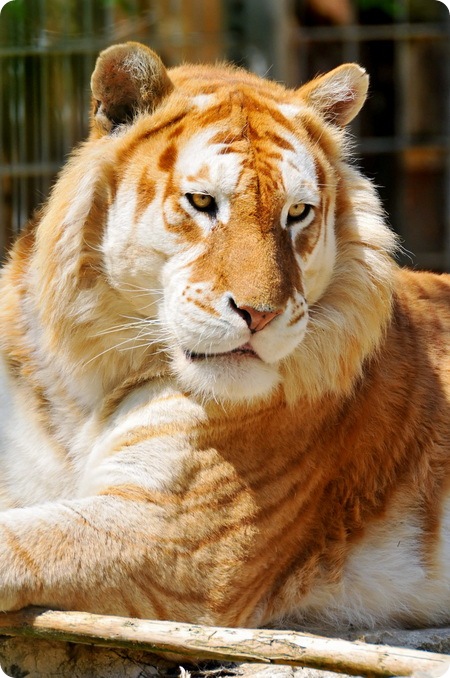



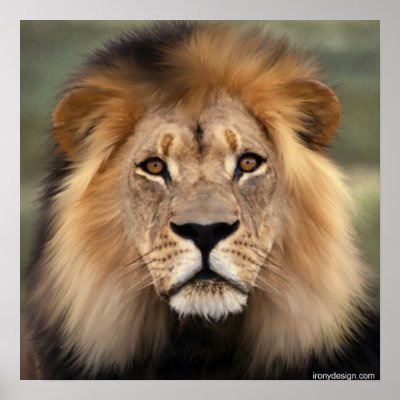
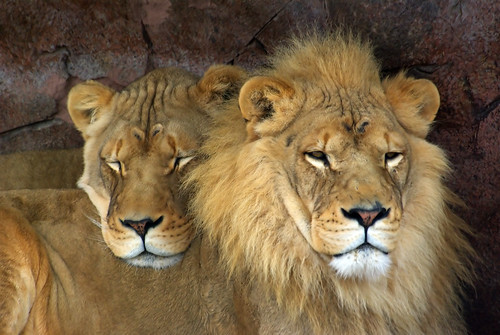
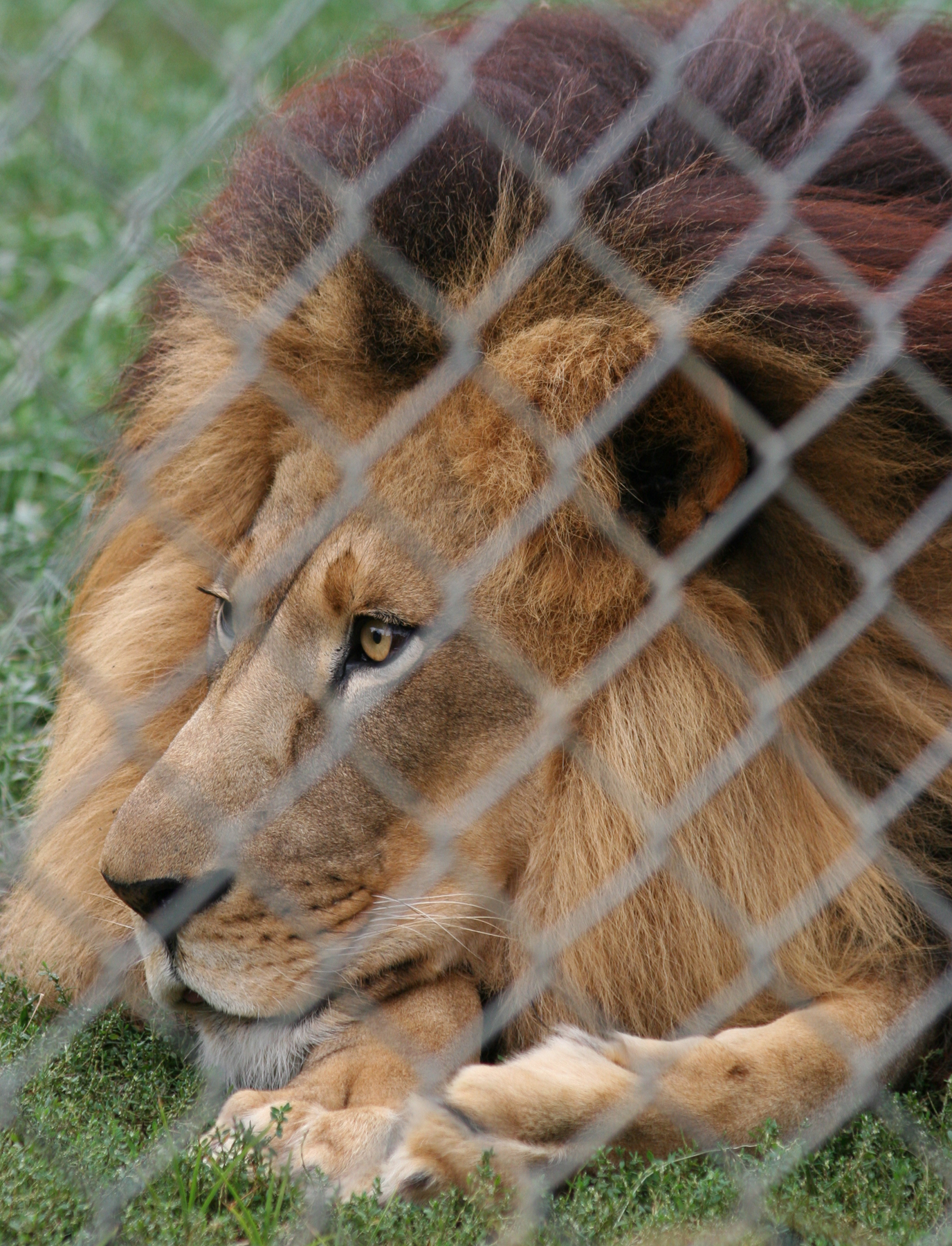






 Ein Loewe schaut interessiert captive ">
Ein Loewe schaut interessiert captive ">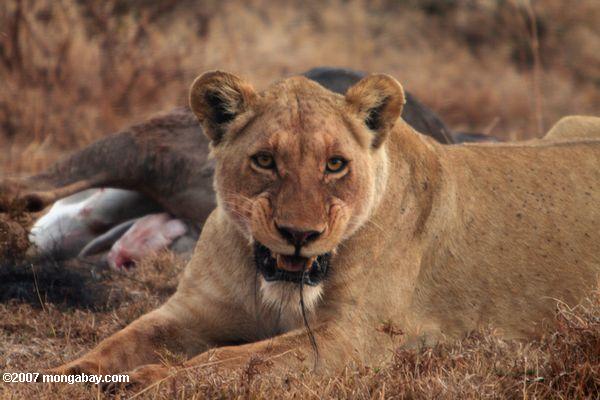
Pakistan is home to two of the world's big cats, the common leopard (Panthera pardus) and the snow leopard (Uncia uncia). The high mountains of the Himalaya, Karakoram and Hindukush are home to the rare and elusive snow leopard (local name Barfani Cheetah), a cat so secretive few have been privileged enough to see a glimpse of it in the wild. The resourceful and adaptable common leopard (local name Guldar, Tendwa, Cheetah) while not so secretive and elusive as the snow leopard inhabits the lower mountain ranges of northern Pakistan. The common leopard’s range extends from the Himalayan forest regions to the broken and hilly mountainous country of Baluchistan and Sind Kohistan. The better-forested areas of the Himalaya, particularly the Galliat areas of N.W.F.P are the last stronghold of the leopard in Pakistan. Elsewhere, the common leopard is extremely rare, having been hunted almost to the point of extinction as a trophy by hunters and as a pest by locals. It is generally believed that the sub species found in Pakistan is Panthera pardus fusca. However, it is possible that two sub species are found in Pakistan demarcated by the river Indus. To the east of river Indus, in Azad Kashmir, Kaghan valley, Galliat areas and Murree hills the Indian Leopard (Panthera pardus fusca) is found. The second sub species, the Persian Leopard (Pathera pardus saxicolor) is thought to inhabit the regions west of the Indus in Swat, Dir, Indus Kohistan, and Baluchistan.
(Uncia uncia). The high mountains of the Himalaya, Karakoram and Hindukush are home to the rare and elusive snow leopard (local name Barfani Cheetah), a cat so secretive few have been privileged enough to see a glimpse of it in the wild. The resourceful and adaptable common leopard (local name Guldar, Tendwa, Cheetah) while not so secretive and elusive as the snow leopard inhabits the lower mountain ranges of northern Pakistan. The common leopard’s range extends from the Himalayan forest regions to the broken and hilly mountainous country of Baluchistan and Sind Kohistan. The better-forested areas of the Himalaya, particularly the Galliat areas of N.W.F.P are the last stronghold of the leopard in Pakistan. Elsewhere, the common leopard is extremely rare, having been hunted almost to the point of extinction as a trophy by hunters and as a pest by locals. It is generally believed that the sub species found in Pakistan is Panthera pardus fusca. However, it is possible that two sub species are found in Pakistan demarcated by the river Indus. To the east of river Indus, in Azad Kashmir, Kaghan valley, Galliat areas and Murree hills the Indian Leopard (Panthera pardus fusca) is found. The second sub species, the Persian Leopard (Pathera pardus saxicolor) is thought to inhabit the regions west of the Indus in Swat, Dir, Indus Kohistan, and Baluchistan.
While much attention nationally and internationally has been focused on the conservation of snow leopard in Pakistan, none of this has happened with the common leopard. The recent killings of 6 women by man eating leopards in the Galliat areas of N.W.F.P, Pakistan has brought the common leopard in the limelight. During the past 4-5 months there have been increasing reports of leopard-man conflict in the Galliat areas, with casualties on both side. While depredation on domestic livestock by leopards in common, this is the first time leopards have turned man-eaters in Pakistan. There has never been any recorded instance of leopards turning man eaters in Pakistan. Out of fear the authorities have started a shoot to kill policy, without taking into consideration the negative effect of this. So far 2 leopards thought to be man-eaters have been shot, even though laboratory tests have negated the wildlife departments claim of man-eaters. Now the provincial environment department is considering a wildlife directorate proposal to introduce leopard trophy hunting in the Galliat region, according to official sources. The wildlife department insists that since the population of common leopards in the Galliat region has doubled in the last five years, leopard trophy hunting would entail dual benefits for the local communities as it would help them earn foreign exchange as well as lower the threat posed to human life. This is totally ill-founded and unsubstantiated. There is still not a viable population of leopards in Galliat areas and it is still a protected species. Besides there are other viable options to solving this problem instead of killing them in cold bloo d. Placing the common leopar
d. Placing the common leopar d on the schedule of game animals will not only aggravate the problem but will expose the animals to the threat of illegal hunting. The Government of Pakistan, NWFP Wildlife Department, the affected local communities and other stakeholders need to come up with a solution that not only protects these cats but also respects the right of people to survive. We have already lost the Lion, Tiger and the Cheetah from Pakistan. Lets make sure this symbol of the Galliat forests doesn't follow in their footsteps
d on the schedule of game animals will not only aggravate the problem but will expose the animals to the threat of illegal hunting. The Government of Pakistan, NWFP Wildlife Department, the affected local communities and other stakeholders need to come up with a solution that not only protects these cats but also respects the right of people to survive. We have already lost the Lion, Tiger and the Cheetah from Pakistan. Lets make sure this symbol of the Galliat forests doesn't follow in their footsteps






 On November 2, 2006, I headed for Gorakh, a beautiful piece of land in Sindh. I left Karachi for the purpose, and some of my friends from my native village joined me. We met at Johi which is district Dadu’s taluka headquarters. We started moving towards Wahi Pandhi, a small village of Johi taluka. It was a neat and clean village. We also saw a police station and some NGO workers there. The village was surrounded by lush green fields. The villagers were mostly from Rustamani, Jamali and Laghari tribes. After spending some time there, we began heading towards Gorakh via Wahi Pandhi.
On November 2, 2006, I headed for Gorakh, a beautiful piece of land in Sindh. I left Karachi for the purpose, and some of my friends from my native village joined me. We met at Johi which is district Dadu’s taluka headquarters. We started moving towards Wahi Pandhi, a small village of Johi taluka. It was a neat and clean village. We also saw a police station and some NGO workers there. The village was surrounded by lush green fields. The villagers were mostly from Rustamani, Jamali and Laghari tribes. After spending some time there, we began heading towards Gorakh via Wahi Pandhi.
The journey till Drabhani was easy; but at this point our car stalled because the 4WD had stopped functioning. We tried to toe it but didn’t succeed. So we decided to leave it at Drabhani. Dusk had already fallen. We saw the lights of a vehicle blazing from the mountain. The vehicle came close to us and the people in it got off and met us. They told us that there were very sharp turns and difficult tracks all the way up. We were a bit worried. Then I decided to go upwards, drop two of our members, then come back and pick them. That’s how we managed to do the needful, but in a very difficult manner. There were very sharp, dangerous turns, especially the one which was at Khawal Point.
By this time we were bathed in moonlight. The place was very scenic and was surrounded by mountains. We decided to stay there for a while. Our cook started cooking food for us. He made very delicious chicken karahi, okra, daal and boiled rice with salad. We stayed there till 1am. Then I went into my tent and slept, while the other guys slept in their tents.
 The next morning, someone told us about a beautiful water stream called Heeingar. All of us had a quick breakfast. While sitting there we saw many locals going downwards riding camels and donkeys. A friend of mine chatted with them and inquired about their traditions in a friendly manner.
The next morning, someone told us about a beautiful water stream called Heeingar. All of us had a quick breakfast. While sitting there we saw many locals going downwards riding camels and donkeys. A friend of mine chatted with them and inquired about their traditions in a friendly manner.
Moving towards Heeingar (downhill), we found out that the terrain was a bit difficult to tread on. But once we reached there, the place turned out to be a beautiful spot. The crystal clear water was flowing down from the mountain, creating a picturesque sight. The sound of the thunderous water was amazing. We washed our faces and hands and took some pictures. I had never seen such a beautiful place in my life. The water here, apart from irrigating the land, takes care of the drinking water needs of the locals. There was an injeer tree at the place from where the water was coming gushing down.
While spending some time at Heeingar we started moving up to our base camp Khawal. On our way back we saw goats at the top of the mountains. We started moving up to the Gorakh Rest House and finally reached our destination in 20 minutes. The distance from our base camp was 12.5kms. The road was newly constructed and was in a good condition. The rest house was quite cosy too.
We found Gorakh to be a wonderful place and more beautiful than Khawal. The 400-acre piece of scenic green land, which is 5,688ft above sea level, is a sight to behold. We roamed there till 4pm and then came back to our base camp. I took a 30-minute nap. After a brief rest, we resumed moving towards our destination.
 Visiting the breathtaking sight brought to light some issues that need to be addressed by the authorities concerned on an urgent basis. For example, there are no schools or hospitals for local people and no education system is in place in the region.
Visiting the breathtaking sight brought to light some issues that need to be addressed by the authorities concerned on an urgent basis. For example, there are no schools or hospitals for local people and no education system is in place in the region.
It also needs to be mentioned here that if one is a wildlife watcher, Gorakh has a lot to offer. There are tigers, wolves, bears, doves, and white partridges etc.
Local people told us that it only snows in January in Gorakh. In the summer season the weather is quite pleasant, whereas in winters it is extremely cold.
While we were there, I personally drove all the way to Gorakh hilltop and my 4WD really gave me great assistance. It was a thrilling experience.
All those who have an interest in visiting wonderful places must visit Gorakh. But the problem is that the place is not as developed as tourists would like it to be. The authorities concerned must give attention to Gorakh, for it has the potential for becoming one of Pakistan’s prime tourist spots.







